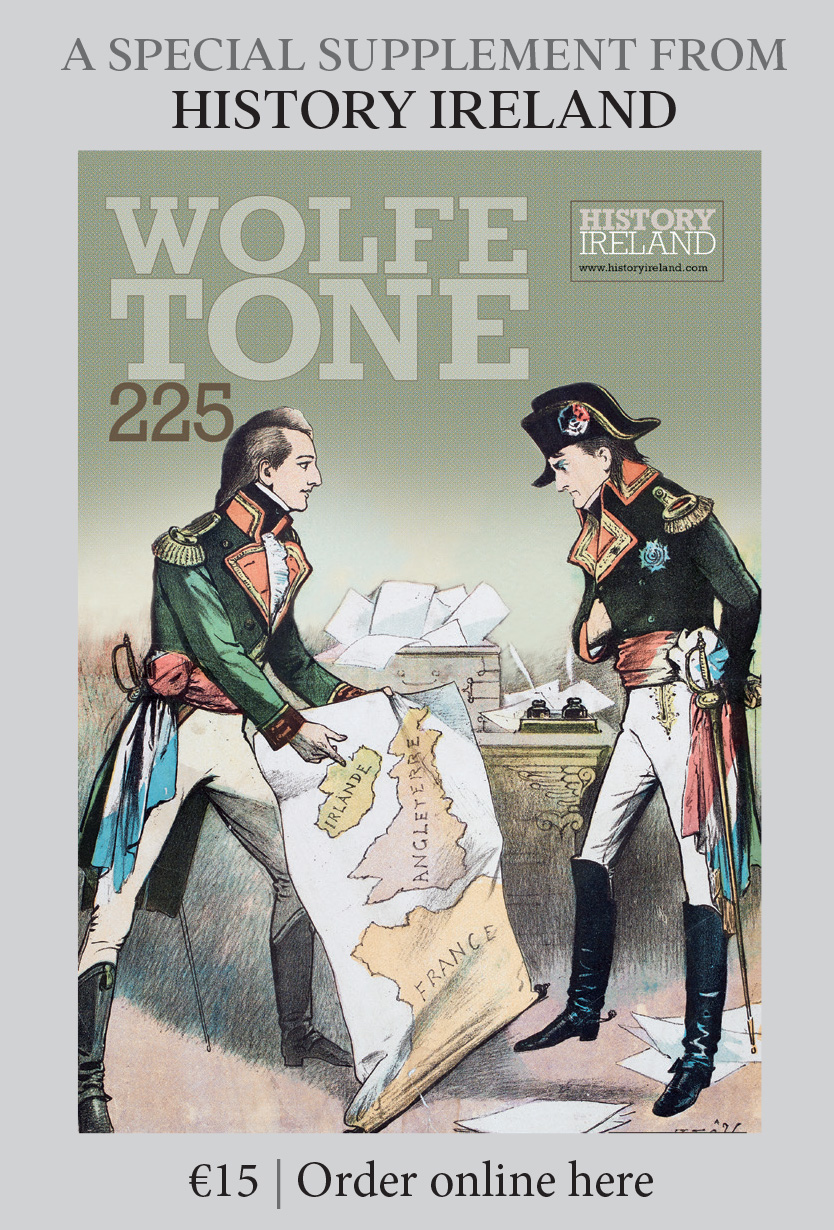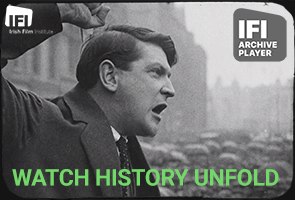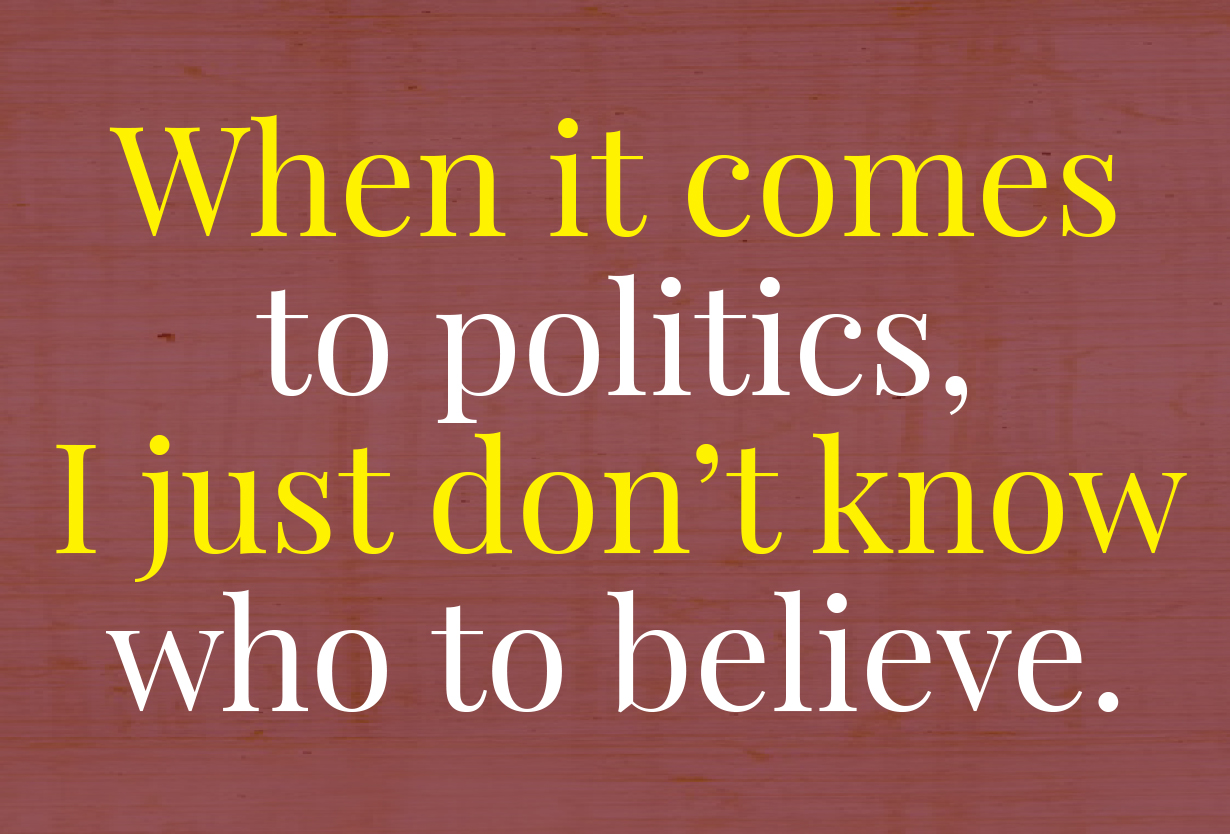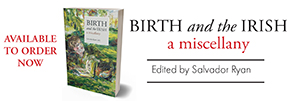Sidelines
Published in 20th-century / Contemporary History, General, Issue 1(Jan/Feb 2013), News, Volume 21- We may have been one of the first but were certainly not the last to be invaded by our restless neighbour. A new study by historian Stuart Laycock reveals that of the c. 200 UN-recognised countries in the world today 90% have had a visit from British forces in one form or another. Costa Rica, Ecuador and El Salvador all feature, as do Iceland and Vietnam, not to mention the obvious ones like France, Italy and Spain. The 22 countries never invaded by the British include the insignificant, like Andorra and the Vatican, but also the likes of Congo, Sweden and Bolivia. In case any of the 22 feel left out, I’m sure the British will oblige by launching a populist war on the slightest pretext. So watch out, Liechtenstein!
- It’s time we all grew up as a society, according to Dr Elaine Martin. Speaking at the Psychological Society of Ireland’s annual conference, Dr Martin said that the Irish are still suffering a hangover from centuries of British rule and are stuck in a post-colonial mindset with a narcissistic family relationship with Britain. This results in low self-esteem and a need to get the approval of outsiders. All this explains the collapse of the Celtic Tiger, our grovelling to the troika, alcoholism and much more. It sounds implausible, but if an English psychologist had said it then I would have believed it.
- The founder of the world’s oldest English-language newspaper has been honoured with a blue plaque in Belfast’s Joy’s Entry, where Francis Joy established The Belfast News-Letter in 1737. He also pioneered paper-making and introduced a ‘paper engine’ into Ireland. The Joy family was one of the major merchant families in the city and played an important role in local society and politics throughout the eighteenth century. His plaque is alongside that commemorating his grandson, Henry Joy McCracken, the United Irishman.
- The four bells of Nôtre Dame de Paris are clapped out. Known as Angélique-Françoise, Antoinette-Charlotte, Hyacinthe-Jeanne and Denise-David, after 156 years of being rung they are no longer ‘belles’, it seems, and are due to be replaced. To mark the 850th anniversary of the cathedral next year the belfry is to be restored to its pre-revolutionary glory, with a set of eight bells just like in Quasimodo’s time. Not everyone is happy with ringing the changes, however, as 40 cultural groups want the bells to be preserved and placed elsewhere rather than destroyed.
- A reminder of how far we’ve come is the auction of an Irish nineteenth-century surgical amputation kit. In a brass-bound mahogany box, the kit was made by Thompson & O’Neill of 7 Henry Street, Dublin, over 130 years ago. It consists of two handsaws, five steel knives and a brass-mounted clamp strap. In the days before anaesthetics, the surgeon, or ‘sawbones’, had to be as quick as possible in taking off an infected limb, and even then many patients died. The tools are of the highest-quality steel with ebony handles. The plaque on the lid is engraved ‘Dr Jackman’ and it is said that medical people will be keen to buy it. Not for use today, we hope!
- A rare photograph has turned up in Belfast from December 1921 of the IRA leadership in the city the day after the delegation travelled to London to sign the Anglo-Irish Treaty. The six dapper men—only one is in uniform—are all smiling for the camera, happy at the truce and the prospect of peace. Despite their optimism, they soon found themselves embroiled in the Civil War. One of the men, Felix Devlin, supported the treaty and joined the National Army. Another, Joe McKelvey, was one of the four anti-treaty leaders executed by the Free State government in December 1922 after the assassination of Seán Hale TD. The two Ryan brothers in the photograph were interned on the prison ship Argenta by the Northern Ireland government from 1922 to 1924.
- A new heritage park and visitor centre in Dungannon were officially opened recently by Peter Robinson and Martin McGuinness. The centre will commemorate the historic Castle Hill, which was the seat of the O’Neills until 1607, when Hugh O’Neill left for Spain in the Flight of the Earls. Later it saw the residence of Arthur Chichester, an architect of the Plantation of Ulster, and much more recently was a British army base. Its varied history will be remembered in the £5.5m centre situated in the refurbished Belfast Bank building. It is hoped that the heritage park and centre will put Dungannon on the tourist map.
- In this decade of centenaries it is worth remembering Capt. Henry Harrison MC. Scion of a landed family in County Down, he was Home Rule MP for mid-Tipperary in 1890–2 and a fierce opponent of partition who wrote many pamphlets on Anglo-Irish relations. He served with distinction in World War I and advocated friendship between Ireland and Britain. Speaking in 1943 about Irish neutrality, he argued that partition was ‘an insuperable obstacle to reconciliation between the two countries’. De Valera was represented at his funeral in Holywood, Co. Down, when he died in 1945, and each year on the anniversary of his death a local history group lays a wreath on his grave.
- In these harsh economic times it is not only the poor people of Ireland who are suffering. The aristocratic owner of Renswoude Castle in the Netherlands is finding it hard to get the €1m for the upkeep of the fourteenth-century castle and its gardens, modelled on Versailles. But thanks to feudalism he has come up with a novel solution, and residents of the nearby village of Kamerik have received a tax demand from Baron Taets van Amerongen. He is invoking an ancient law (which has not been used since the 1300s) to demand the dertiende penning (literally ‘thirteenth penny’) from his vassals. For some reason the villagers are not happy at being asked to pay €18,500 or more to their feudal lord. They have formed a committee to resist the demand. So it’s off to the castle with blazing torches to confront the baron. Now where did I leave that pitchfork . . . ?
'
















